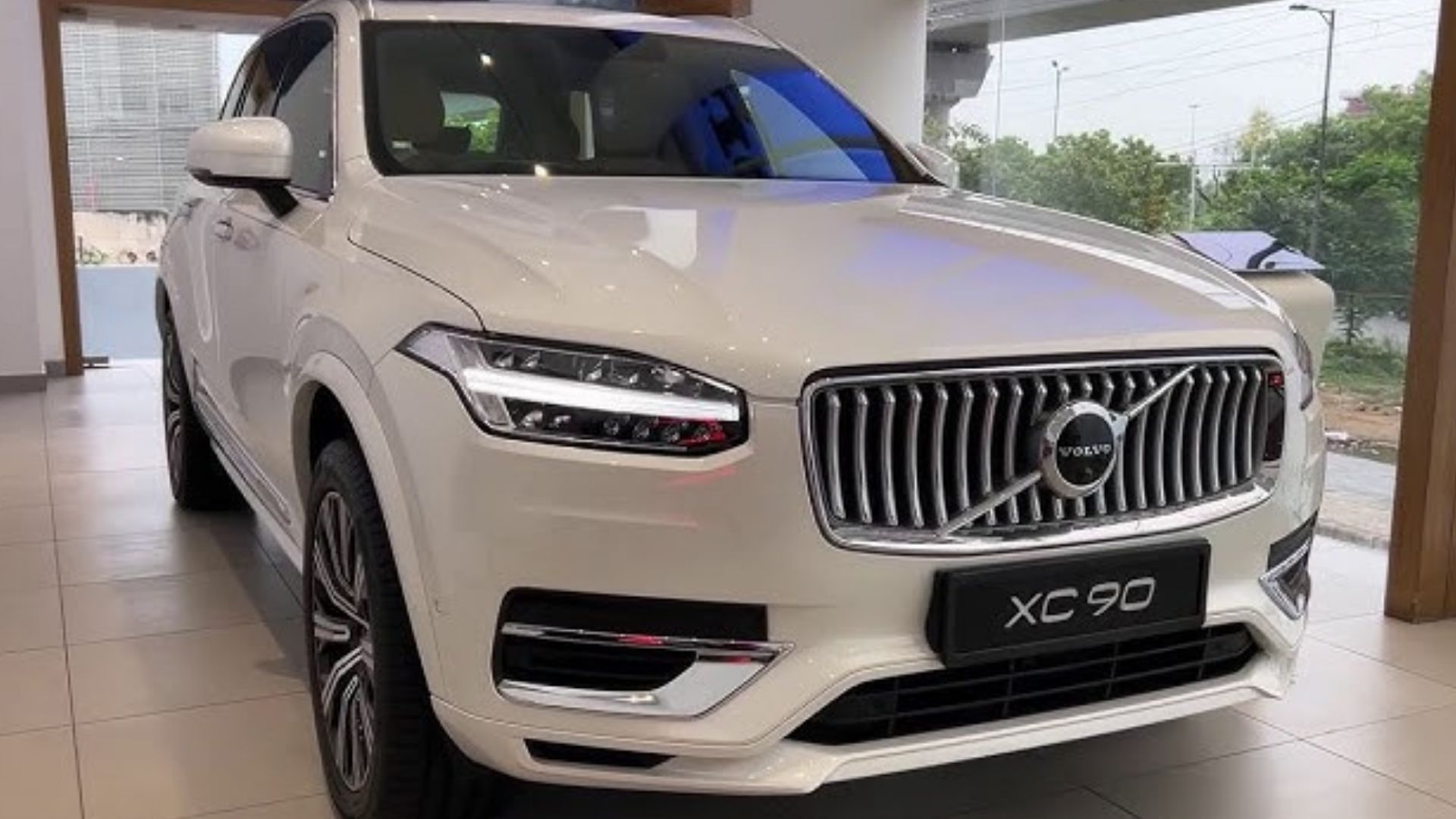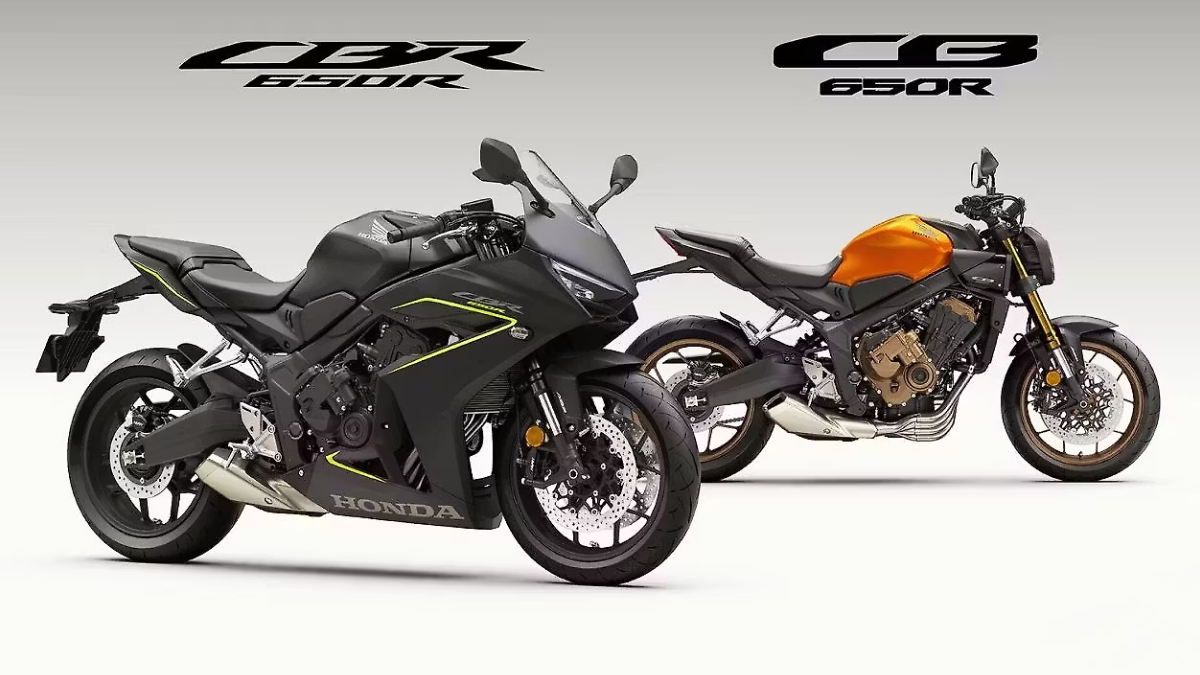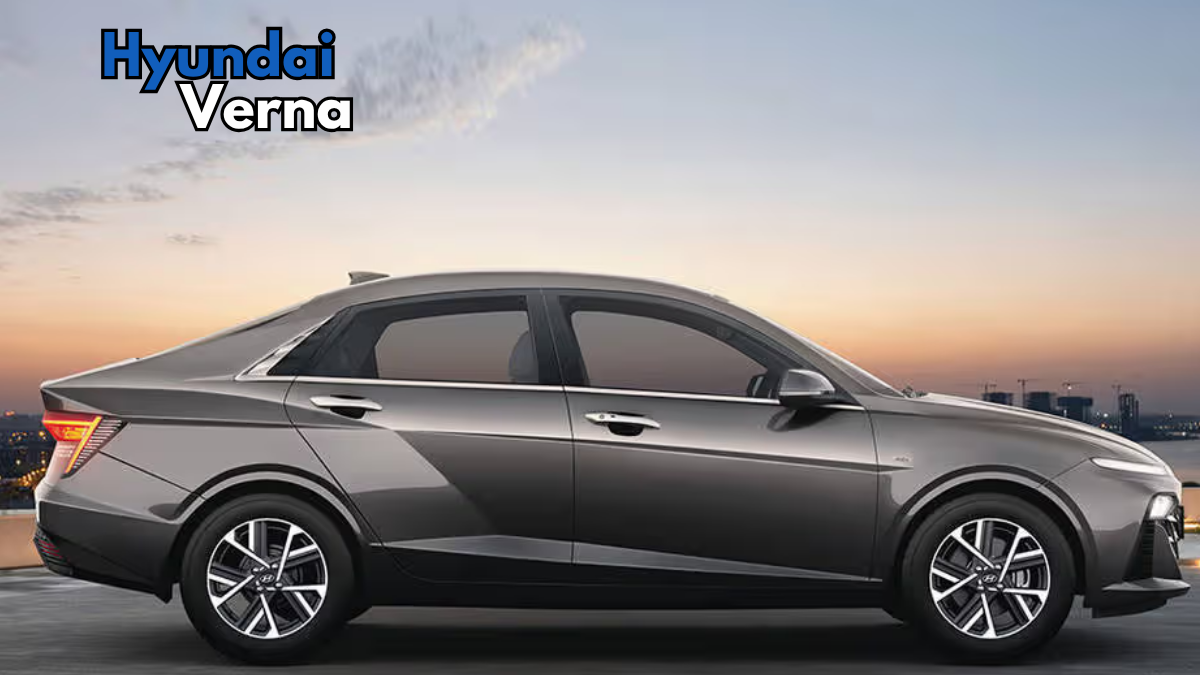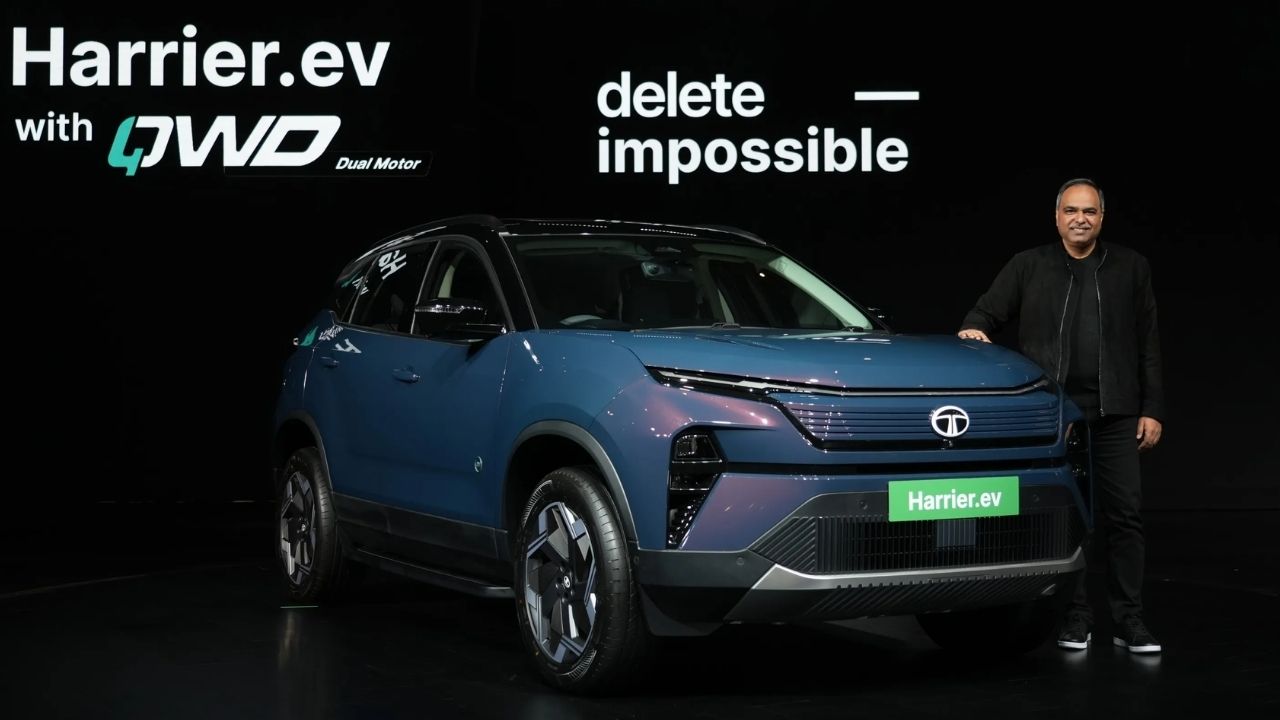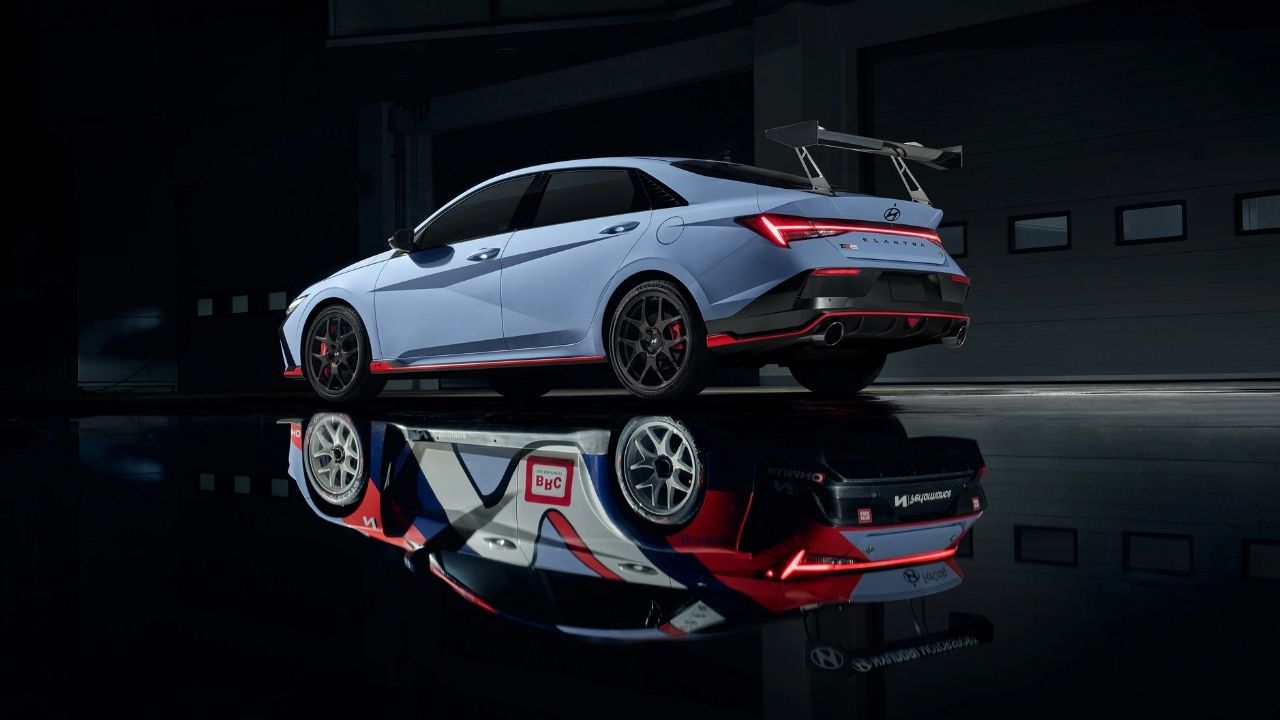Volvo Car India has introduced a substantial reduction in the ex-showroom prices of its luxury SUVs, the XC60 and XC90, following the rollout of the GST 2.0 framework. This price revision, which became effective on September 22, 2025, has made these flagship models more attractive to Indian buyers during the festive season.
While the new tax structure significantly benefits internal combustion engine (ICE) vehicles, electric vehicles (EVs) remain unaffected since they already enjoy a lower 5 percent GST rate. Nevertheless, Volvo has rolled out festive benefits on its EV lineup, including the EX40 and EC40, to encourage buyers looking toward sustainable mobility.
Understanding GST 2.0 and Its Impact on Cars
The introduction of GST 2.0 has reshaped the taxation system for automobiles in India. Here’s how it works:
-
Previous system: Under the earlier structure, cars were taxed at 28 percent GST plus an additional compensation cess ranging between 17 to 22 percent.
-
New system (GST 2.0): For large premium cars and SUVs (vehicles over 4,000 mm with petrol engines above 1,200 cc or diesel engines above 1,500 cc), the tax rate is now a flat 40 percent.
This simplified slab eliminates the compensation cess while still imposing the highest bracket on luxury vehicles. Despite being in the highest category, the effective tax burden is lower than before, which translates into reduced prices for premium ICE cars and SUVs.
For electric vehicles, the 5 percent GST rate remains unchanged. This means no direct price reduction, but the tax structure continues to favor EV adoption.
Summary Table
Detail |
Information |
|---|---|
Policy Change |
GST 2.0, effective September 22, 2025 |
Tax Rate on Large Cars (ICE) |
40% (previously 28% + cess of 17-22%) |
EV Tax Rate |
5% (unchanged) |
XC60 Old Price |
₹71.90 lakh |
XC60 New Price |
₹67.10 lakh |
XC60 Price Drop |
₹4.79 lakh |
XC90 Old Price |
~₹1.03 crore |
XC90 New Price |
~₹96.90-96.97 lakh |
XC90 Price Drop |
~₹6.92-6.93 lakh |
EVs (EX40, EC40) |
No GST cut, festive benefits offered |
Official Website |
Revised Volvo Prices Under GST 2.0
Volvo Car India has confirmed that the new GST structure directly benefits its ICE SUVs. The reductions are significant:
Volvo XC60
-
Old Price: ₹71.90 lakh
-
New Price: ₹67.10 lakh
-
Price Reduction: ₹4.79 lakh
Volvo XC90
-
Old Price: ₹1.03 crore (some sources noted ₹1.04 crore)
-
New Price: ₹96.90-96.97 lakh (depending on region)
-
Price Reduction: ₹6.92-6.93 lakh
Both SUVs now sit at a more competitive price point in the luxury SUV market. The XC60 receives a cut of nearly ₹5 lakh, while the flagship XC90 benefits from the largest drop of almost ₹7 lakh.
Why the XC90 Gets a Bigger Cut
The difference in price reductions comes down to taxation. Larger and more expensive cars previously attracted a higher cess on top of GST. With GST 2.0 eliminating that cess, vehicles in the upper luxury segment, such as the XC90, witness a more substantial rupee-value reduction compared to mid-range luxury models like the XC60.
Electric Volvos: No GST Reduction, But Festive Offers
Although electric models such as the EX40 and EC40 do not see price cuts under GST 2.0, Volvo has announced festive benefits to encourage EV buyers. These offers may include special finance packages, accessory bundles, or service benefits, making ownership more attractive during the festive season.
This dual strategy tax-driven reductions on ICE vehicles and seasonal promotions on EVs positions Volvo well to appeal to both traditional buyers and those shifting toward electrification.
Buyer Benefits
-
Immediate Savings: The reduction makes premium Volvo SUVs more affordable by nearly ₹5-7 lakh.
-
Festive Advantage: Buyers can combine the tax-driven cuts with dealership-level festive offers.
-
Insurance and EMI Benefits: Since insurance and EMIs are tied to the car’s ex-showroom value, lower base prices may reduce running costs.
-
Luxury Accessibility: For many buyers, the XC90 now falls below the ₹1 crore threshold, making it psychologically more attractive in the luxury market.
FAQs
Q1: From when are the new prices effective?
A. The revised prices came into effect on September 22, 2025.
Q2: Do these price cuts apply nationwide?
A. Yes. The ex-showroom reductions apply across India, though final on-road prices still vary by state due to registration, insurance, and local levies.
Q3: Why did the EV prices not reduce?
A. Electric vehicles already enjoy a low 5 percent GST rate under both old and new structures, so no further reductions are possible. Instead, Volvo is offering festive deals.
Q4: Does this affect all Volvo models?
A. No. Only ICE models like the XC60 and XC90 are affected. EVs are unchanged except for seasonal offers.
Q5: How much does the insurance cost reduce with these price cuts?
A. Insurance premiums are generally calculated on the ex-showroom value, so a lower base price means slightly lower premiums. The exact savings depend on the insurer and chosen add-ons.
Q6: Why does the new XC90 price vary between sources (₹96.90 vs ₹96.97 lakh)?
A. This small variation comes from rounding differences and regional pricing adjustments. The official figure is around ₹96.97 lakh ex-showroom.
Conclusion
The GST 2.0 reform has given a direct boost to premium car buyers in India. By slashing the prices of its ICE SUVs, Volvo has passed on tax benefits to customers, making the XC60 and XC90 more accessible. With cuts of up to ₹6.9 lakh, Volvo is poised to attract a larger share of luxury SUV buyers this festive season.
For those leaning towards electrification, while EVs see no tax-driven cuts, Volvo’s festive offers ensure that both traditional and electric buyers have compelling reasons to consider the brand.
For More Information Click HERE

